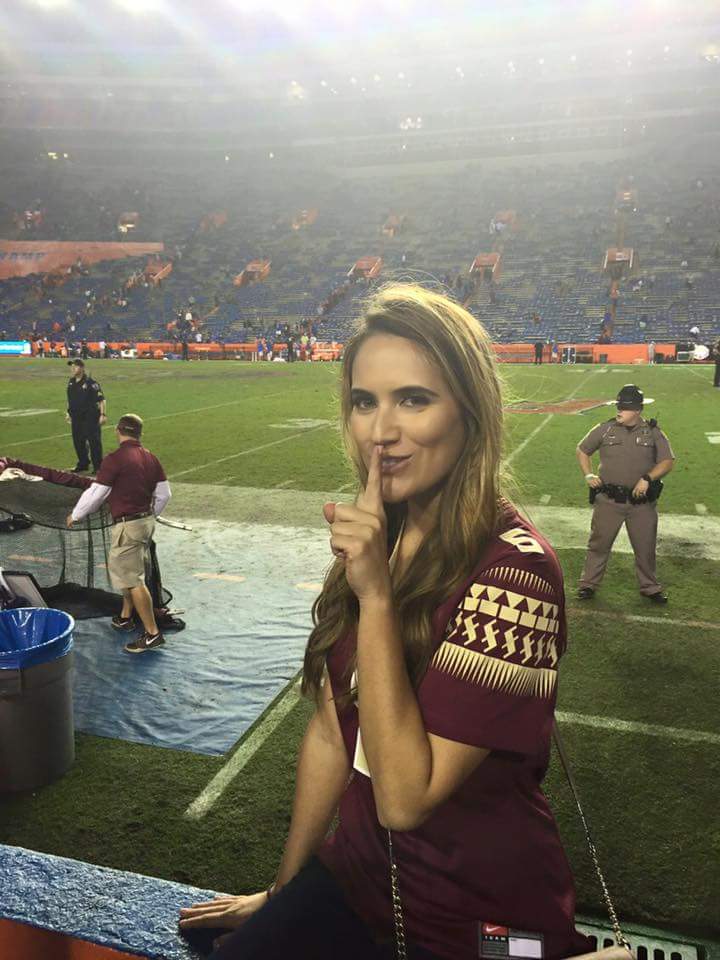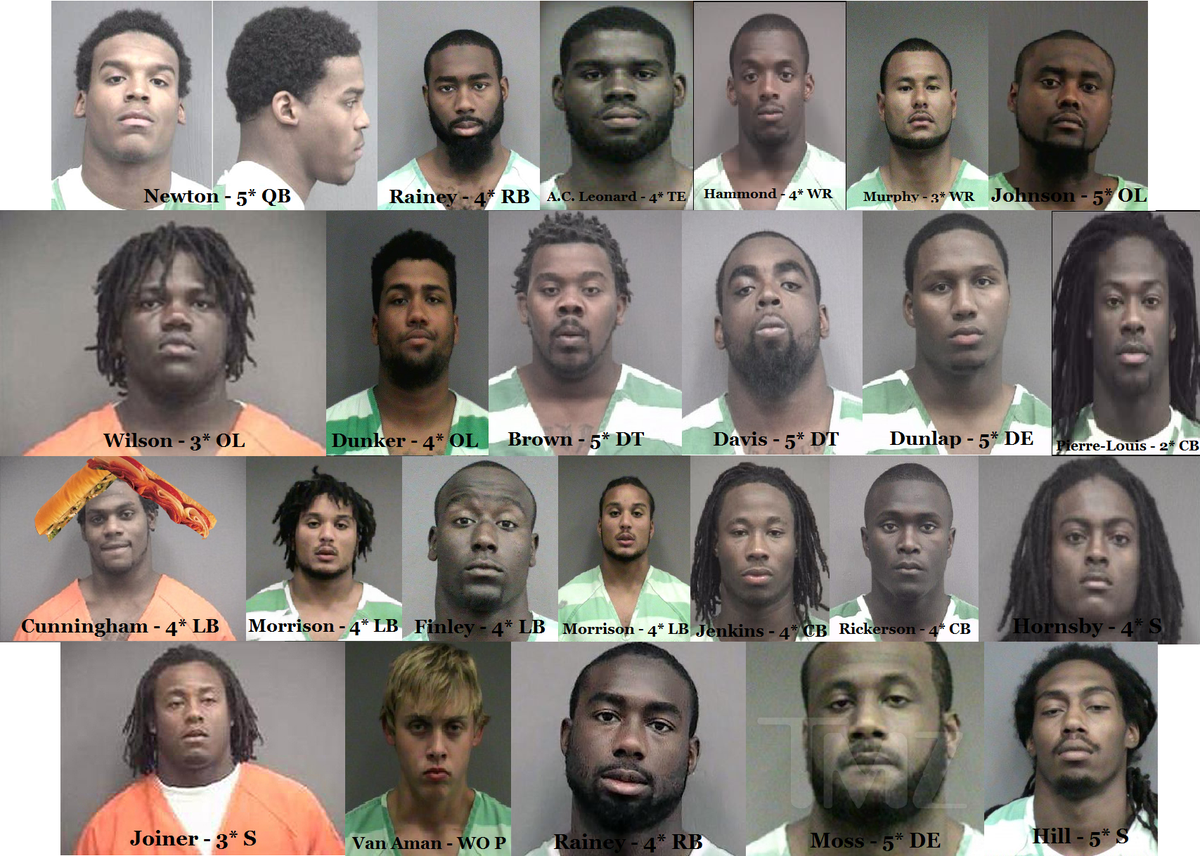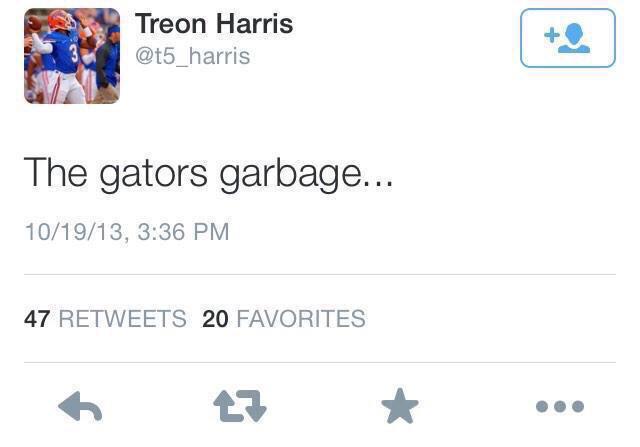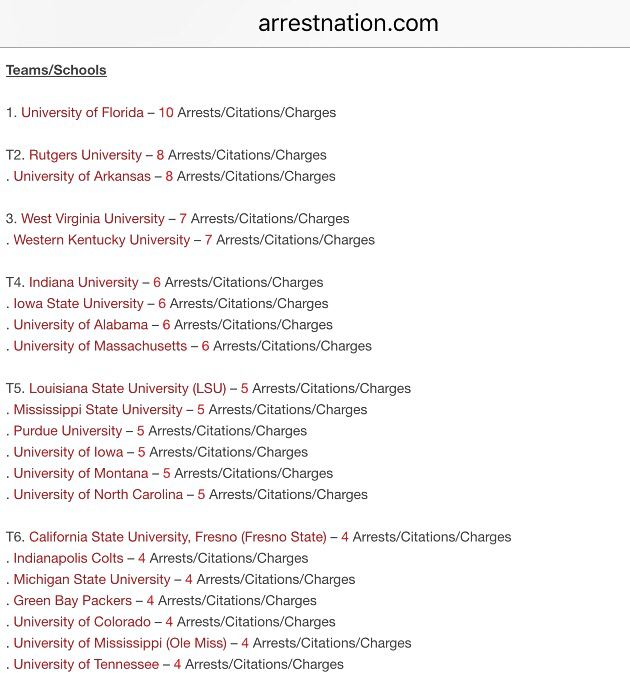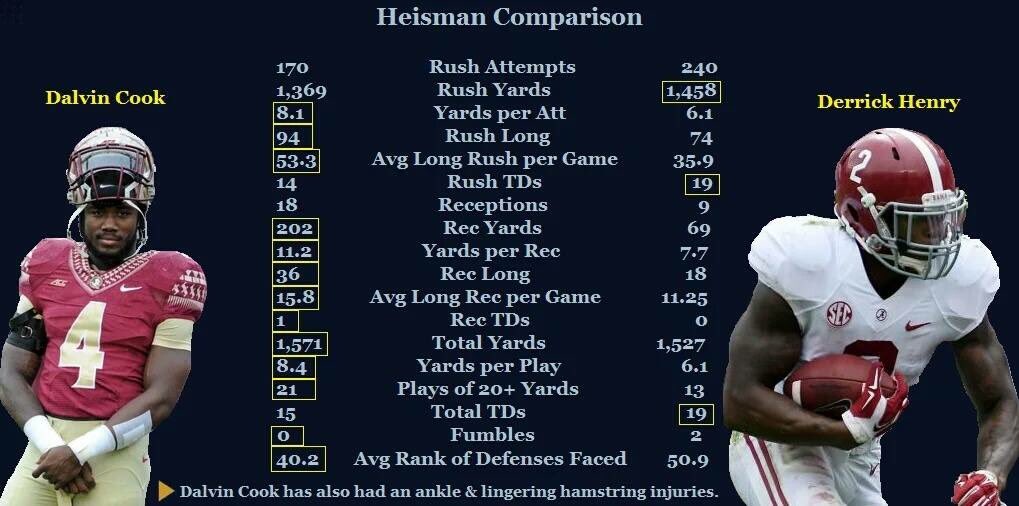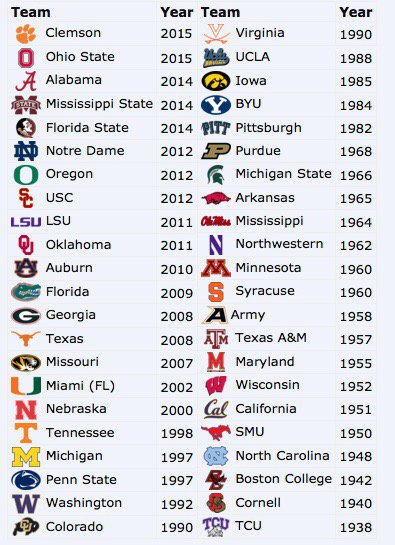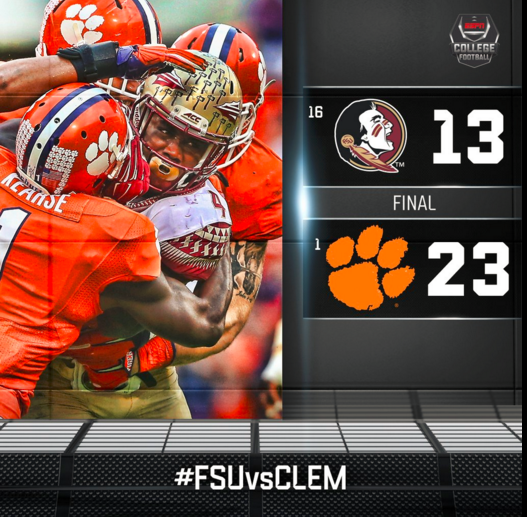http://www.tallahassee.com/story/news/2015/11/09/fsu-begins-provost-interviews/75485612/
Daniel Reed, one of four finalists for provost and vice president for academic affairs at Florida State University, was on campus Monday to discuss his views on higher education.
Reed is vice president for research and economic development at the University of Iowa and holds master’s and doctorate degrees in computer science from Purdue University.
About 30 members of the FSU faculty attended a morning session with Reed, who appeared comfortable and relaxed during his presentation. Later in the day, he was to meet with staff and students as part of a packed schedule.
Fielding questions, Reed talked about the challenges universities face with tight budgets and why that makes strategic planning critical. Institutions, he said, must evaluate what they are doing and what they want to be.
Responding to inquires about the national push toward STEM-based learning and the subsequent impact on liberal arts studies, Reed said there is room for both to excel.
“Almost all of the great problems we face in society do not involve science alone,” said Reed, who spent seven years with Microsoft before taking the position at University of Iowa. “Science and technology, arts and humanities, all intersect.”
Reed said “there is no reason to believe the future (of higher education) will happen as in the past,” and that universities need to decide on their priorities and maintain a focus of core values, including creating new knowledge and scholarly work, transferring knowledge to a new generation and engaging society.
When asked about his relationship with faculty unions, Reed said that’s an area where he hasn’t had much experience, but unionization of faculty is something being discussed at Iowa.
“Having honest and forthright conversations,” is one solution, he said, along with “discussing what university priorities are now” and listening to union members concerns.
“You have to understand what people are really worried about,” he said.
Reed, a first-generation college student, said diversity and inclusion also is important to him, and that access to higher education means giving people a chance.
“Everybody deserves a shot, not a guarantee, but a fair shot,” he said.
Florida State, he added, needs to promote “its rich history” in the arts and humanities and its strengths in science and engineering.
Challenges include the budget, he said.
The other three candidates are:
Mark Zupan, director, Bradley Policy Center, and Olin professor of economics and public policy, Simon Business School at the University of Rochester. Zupan earned his bachelor's degree in economics at Harvard and his doctorate at MIT in economics.
Zupan meets with faculty, staff and students on Tuesday.
Anne-Katrin Gramberg, senior counsel to the president, Auburn University, professor of German, Auburn and former dean of the College of Liberal Arts, School of Fine Arts, School of Communications and Journalism, Auburn. Gramberg holds a doctorate in German (emphasis, business), from Michigan State University.
Gramberg interviews Thursday with faculty, staff and students.
Sally McRorie, interim provost and executive vice president, academic affairs Florida State University; former interim provost and executive vice president and vice president for faculty development and advancement, FSU, May-November, 2014. McRorie also served as vice president for FSU's Office of Faculty Development and Advancement, from 2012 to 2015. She served as dean of the College of Fine Arts at FSU from 2004 to 2012.
McRorie holds a doctorate in Art Education, University of Kansas, a master's degree in art education and printmaking, East Tennessee State University and a bachelor's degree, art education and painting, University of North Carolina-Pembroke.
Her interviews are planned for Monday, Nov. 16.
(Full candidate resumes and interview schedules can be found at https://provostsearch.fsu.edu/.)
“I think we have four wonderful candidates, said Susan Fiorito, Faculty Senate President. “This is probably the best provost search in the country.”
She said FSU President John Thrasher is likely to depend on the provost to lead the university’s academic effort, while he focuses on his strengths in fundraising and legislative affairs.
“It is a great opportunity for a person to shape the academic lives of an institution,” she said. “Not all provosts have that opportunity.”
Contact senior writer Byron Dobson at bdobson@tallahassee.com or on Twitter @byrondobson.
http://www.tallahassee.com/story/news/2015/11/10/fsu-provost-candidate-promotes-strategic-planning/75550614/
Mark Zupan, who has been associated with six AAU universities and has earned a strong reputation in dean’s positions, says he’s prepared to help Florida State University move toward its goal of becoming a pre-eminent university.
Zupan was on campus Tuesday as one of four finalists for the position of provost and executive vice president/academic affairs.
What the university needs to do immediately, he said, is to focus its attention on developing a sold strategic plan that charts its course for the next several years, establish a branding campaign that sells the university nationwide and use its own resources, including President John Thrasher, to secure more state, federal and private funding.
“You’ve got a wonderful history of accomplishments to be proud of,” Zupan told staff members on Tuesday. As for its goal of becoming one of the nation’s top universities as recognized by the Association of American Universities, Zupan said, “you’re on the cusp of that.”
In his presentation and in his application letter, Zupan went down a list of accomplishments for FSU:
Being ranked 43rd among top public research universities and 95th overall by US News & World Report
Classified as a Research University with Very High Research Activity by the Carnegie Foundation
Six-year graduation rate of 79 percent “exceeds the level predicted by your resource”
Securing $700 million towards the $1 billion “Raise the Torch” campaign.
But at the same time, Zupan said, he’s not sure if everyone understands where FSU wants to go in strategic planning. And, he said, the university must promote itself to high-school counselors across the country, as well as academia. For instance, Zupan said FSU’s website doesn’t promote faculty members who have earned Nobel Laureate distinction.
“This university is one of the state’s greatest treasures,” he said later. “How do we harness that to make it an even more effective magnet for positive change?”
He said branding is especially important to luring major donors, including alumni. With 300,000 alumni, “You’ve got an enormous upside if you can articulate who you are where you are going. You have 300,000 alums who want to help you more.”
Zupan currently is director, Bradley Policy Center, and Olin professor of economics and public policy at the Simon Business School at the University of Rochester. He was dean of the school from 2004 to 2014, and before that, he was dean and professor economics at Eller College of Management at the University of Arizona from 1997 to 2003.
Zupan earned his bachelor’s degree in economics at Harvard and his doctorate at MIT in economics.
His strengths, he said, are in hiring strong faculty, fundraising and keeping a plan on track.
He said while President Thrasher identifies himself as “the lead driver externally,” Zupan said his skills would be “helping him on the internal side.”
Mark Hillis, a member of FSU’s board of trustees, sat in on Zupan’s presentation to staff and said he liked what he heard.
“I was very impressed by his presentation and his knowledge of FSU,” Hillis said. “He had done his homework.”
On other topics, Zupan said the entire university must buy into the strategic plan, the university must maintain its status in the liberal arts, while balancing a new STEM-focused vision.
“I think both are integral and it’s not an either, or, for the university,” he said.
Daniel Reed, vice president for research and economic development, University of Iowa, interviewed Monday.
Interviews continue Thursday with Anne-Katrin Gramberg, senior counsel to the president, Auburn University, professor of German, Auburn and former dean of the College of Liberal Arts, School of Fine Arts, School of Communications and Journalism, Auburn.
Sally McRorie, FSU’s interim provost and executive vice president, academic affairs (since January) interviews on Monday.
Full candidate resumes can be found at
https://provostsearch.fsu.edu/.
Thrasher is expected to name the new provost in December.
Contact senior writer Byron Dobson at bdobson@tallahassee.com or on Twitter @byrondobson.

